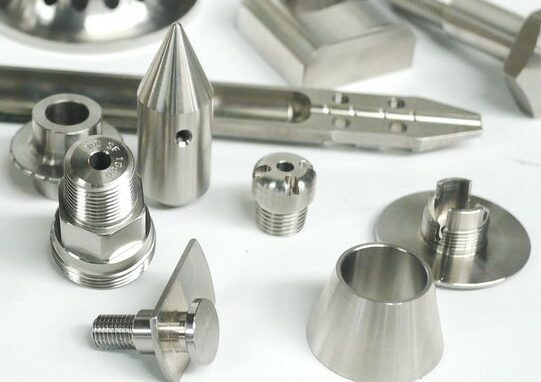By heating a metal sheet and pressing it with a die into a mold, forging steel is the technique of shaping metal. The majority of the time, manual labor is used, which demands strong physical stamina and expertise. But with the aid of cutting-edge technologies like 3D printing, stainless steel parts can now be forged.

The Advantages Of Forging
If you want to produce a high-quality product, forging stainless steel parts provides a number of advantages that are well worth considering. Three of the most significant justifications for the widespread use of forging in production are as follows:
1.Forging results in a robust and long-lasting product. Although steel is an extraordinarily strong material, improper tempering can make it fragile. Steel is heated at a specific temperature and then gently cooled, which helps to increase its resistance to fractures.
2.Each element has a distinctive design thanks to forging. Casting objects can make products with intricate curves or angles because it uses molds or patterns to generate the required shape.
3.On the other side, forging gives you a lot more creative license when making pieces. Products like seamless metal parts that fit together without any gaps are achievable utilizing this technique, which is not possible with conventional fabrication techniques.
Supplies Used In Forging
The selection of the proper material is crucial for forging stainless steel parts. The most typical materials for forging include the following:
-AISI 304 stainless steel is a well-liked option for forged parts due to its high toughness, wear resistance, and corrosion resistance.
-Due to its high machinability and strength, -8Cr13MoV stainless steel is another well-liked option for forged parts.
-Due to its excellent hardness and wear resistance, high carbon tool steel is a common material choice for forging parts.
Conclusion
You may make stronger and longer-lasting products by forging stainless steel parts, which is an essential technique. You may produce pieces that are both structurally sound and resistant to wear and strain by using a number of forging processes. Visit AS PRECISION for more information if you're curious to learn more about the advantages of forging stainless steel parts.
